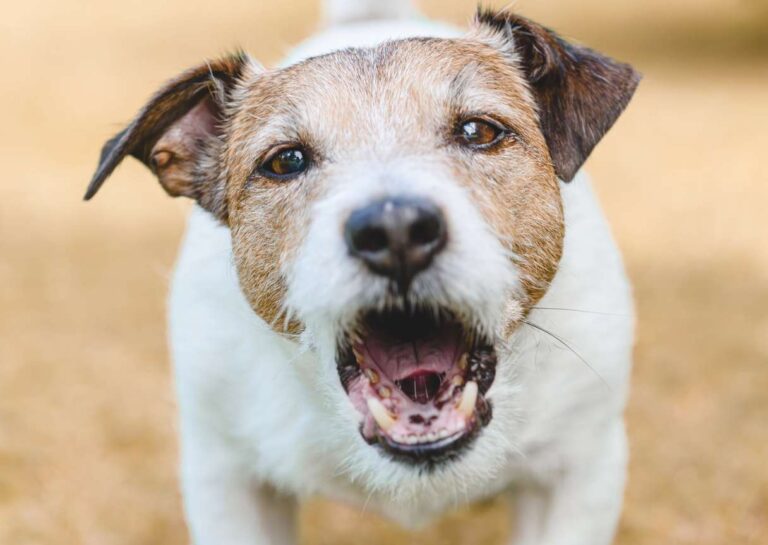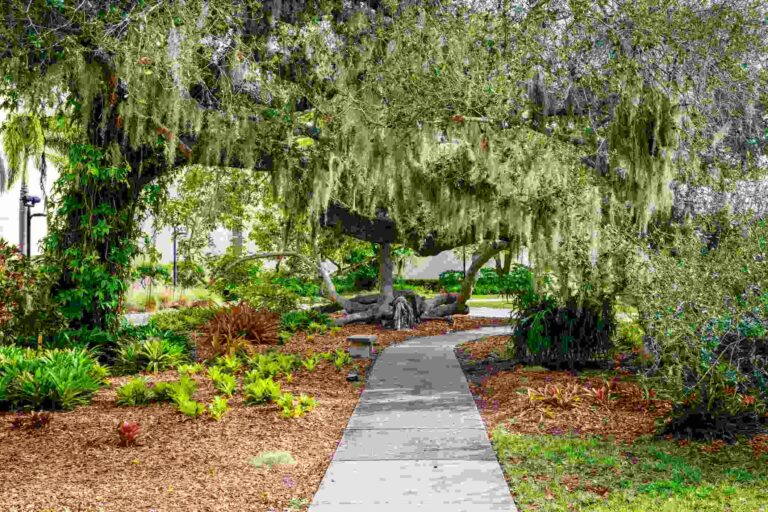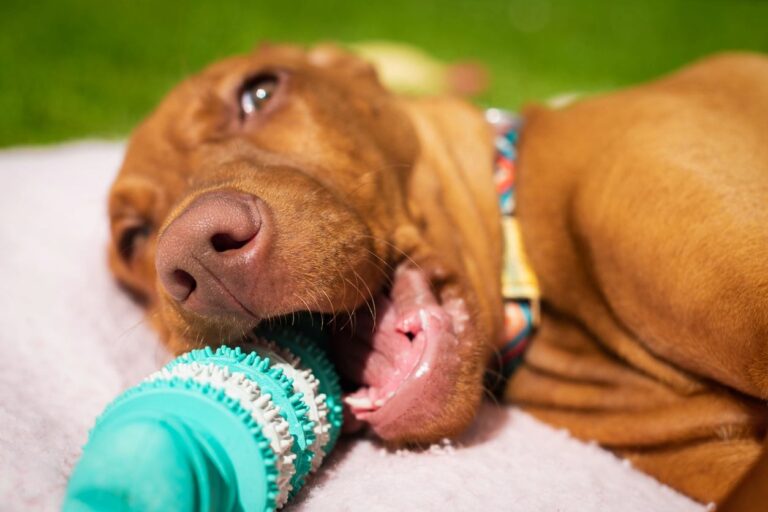Reactivity is commonly defined as barking or lunging at a person, dog, and/or small animal. For example, a dog may bark towards guests in the house or lunge at squirrels on walks. Reactivity can also be location-specific. For example, your dog may bark through the window of your home at other dogs that walk by but does not bark when you are at Bird Key Park. This guide will cover how to treat reactivity.
We want to be careful of defining the behavior rather than labeling a dog “reactive” or “aggressive.” A dog may engage in these barking and lunging behaviors based on the situation, but it does not define them as a whole.
Reactivity can be an unconditioned fear response. This means that their feelings around the stimulus is involuntary. Think about seeing a snake on a walking trail. This may automatically raise your hear rate, make you sweat, or give you a pump of adrenaline. Dogs can be the same way. It may stem from many reasons – undersocialization at the appropriate time, bad experience with the stimulus, etc. What happens next is the voluntary behavior that the dog will learn to do to disengage from the stimulus. This is typically in the form of escape (running away) or removal (growl/bark/lunge so the stimulus goes away).
What Technique Works Best for Reactivity?
Working with reactive or aggressive behaviors often takes a skilled professional. When learning how to treat reactivity, the most effective training takes a combination of classical and operant conditioning. Classical counterconditioning is the training of positive association with the stimulus the dog finds aversive. Operant conditioning is the method used to teach dogs obedience and manners in the stimulus’ presence.
How Does this Actually Work?
Trainers will most often use high-value food when working on these behaviors. Let’s say a dog engages in reactivity behaviors on leash with people. The first step is to build a positive association with people and bring their general stress levels down in their presence. This is called pairing. We start pairing at a baseline level where the dog sees the person but is not yet barking and lunging. It could be 10ft, 50ft, or even 100ft. It depends on your dog! Each time the dog looks at the person, they get a treat. Continue treating as long as the dog continues engaging in reactivity precursors (intense staring, stiffening, ears perked, etc) towards the person. Many people ask if this will increase the rate that the dog looks at the person, but it does not. Just try it for yourself!
Once the reactivity has been reduced, operant conditioning can take place. Learning how to treat reactivity includes teaching your dog appropriate manners like leash walking and sit stay. If the dog is successfully offering the obedience outside of the stimulus’ presence, then it’s time to try it with them at their baseline level (again that could range from 10-100ft). Continue working your way closer to the stimulus with pairing and obedience over time.
Food Economy
Because food and treats are so important in dog training, a dog’s food economy is imperative. You want your dog to take their kibble or treat when you offer it to them, whatever the circumstance. The first step is to make sure the dog is eating kibble for their meals with no wet food or additives. You’ll want to save the high-value stuff for training. Second, start using their kibble only for training starting in the house with basics like, sit, down, or come. Once they have mastered that, do the same with their kibble but in front of your house and on a walk. It’s important that the dog is learning to work for their food in public.
Once this is mastered, the real work begins. Instead of feeding the dog’s meal inside, take kibble and lots of high-value treats into the presence of the stimulus the dog is reactive towards. If it’s people, you may just stay in your driveway and run treatment with your dog as the person is across the street. The key is to find somewhere that is a little more challenging to the dog, but not so challenging that they won’t eat at all. As the dog is eatining readily through these situations, make it incrementally harder. Maybe the next meal is at a park or at a busier time of day or maybe you can be closer to the stimulus next time.
The food economy alone will not address your dogs reactivity. Instead it is meant to use in conjunction with operant and classical conditioning to ensure the best possible outcome.
Reactivity is Not Hopeless, We’re Here to Help
Although it is a very difficult behavior to modify, it is possible to create big behavioral change! The key in learning how to treat reactivity is consistent, structured training. If you feel overwhelmed with your dog’s behavior, we provide free consultations with our Pet Behavior Team.
Do you prefer to meet virtually or live outside our service area? Our co-founder and Certified Applied Animal Behaviorist, Dr. Echtlering-Savage, offers Virtual Consultation training packages. She will meet with you to understand your training goals and unique challenges and then design a personalized training plan that offers step-by-step guidance and support.




